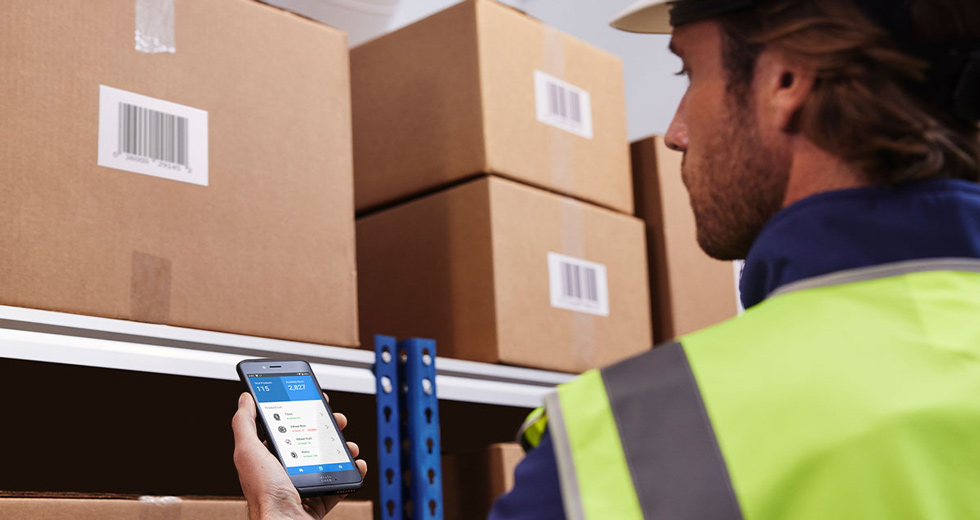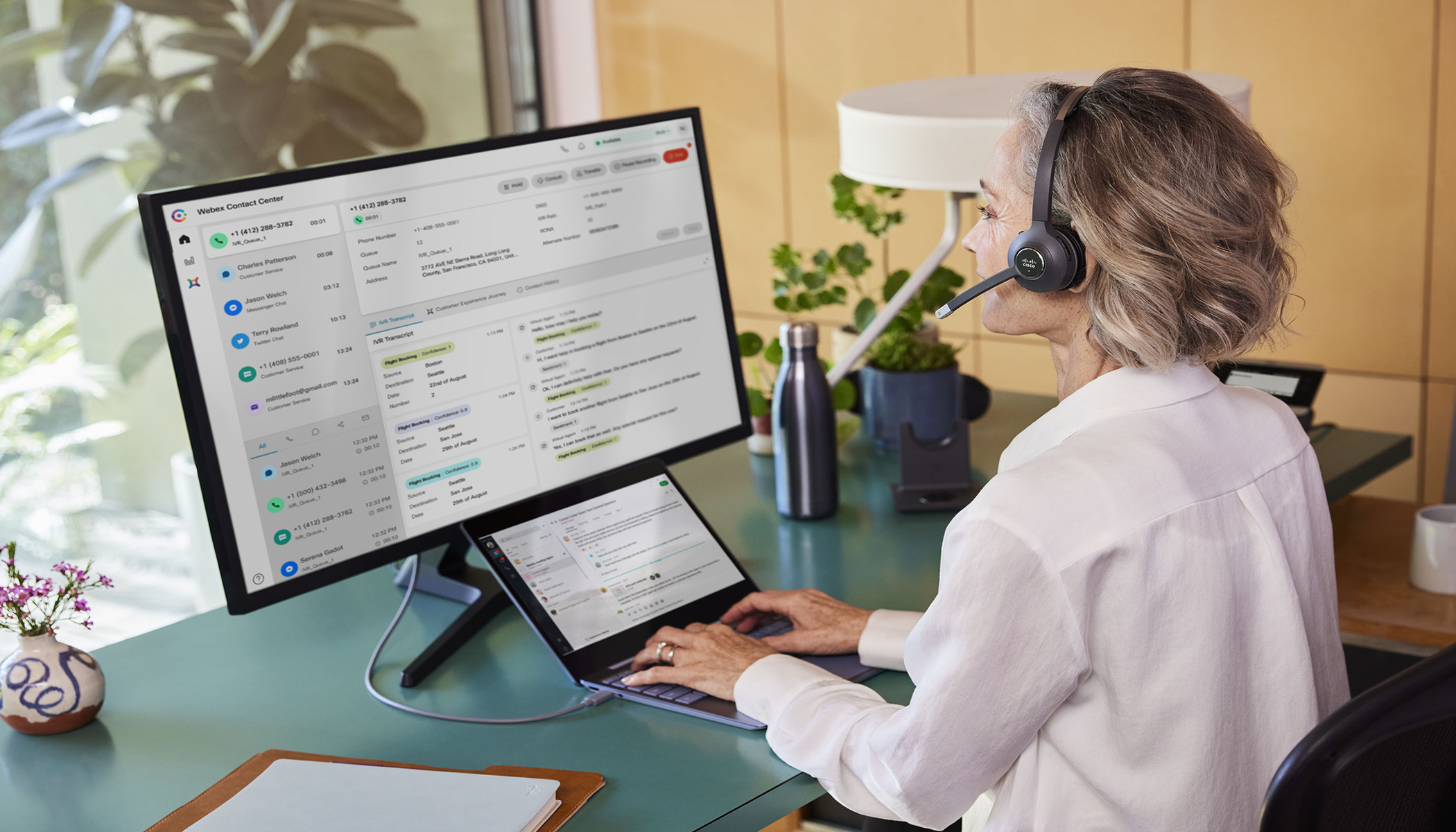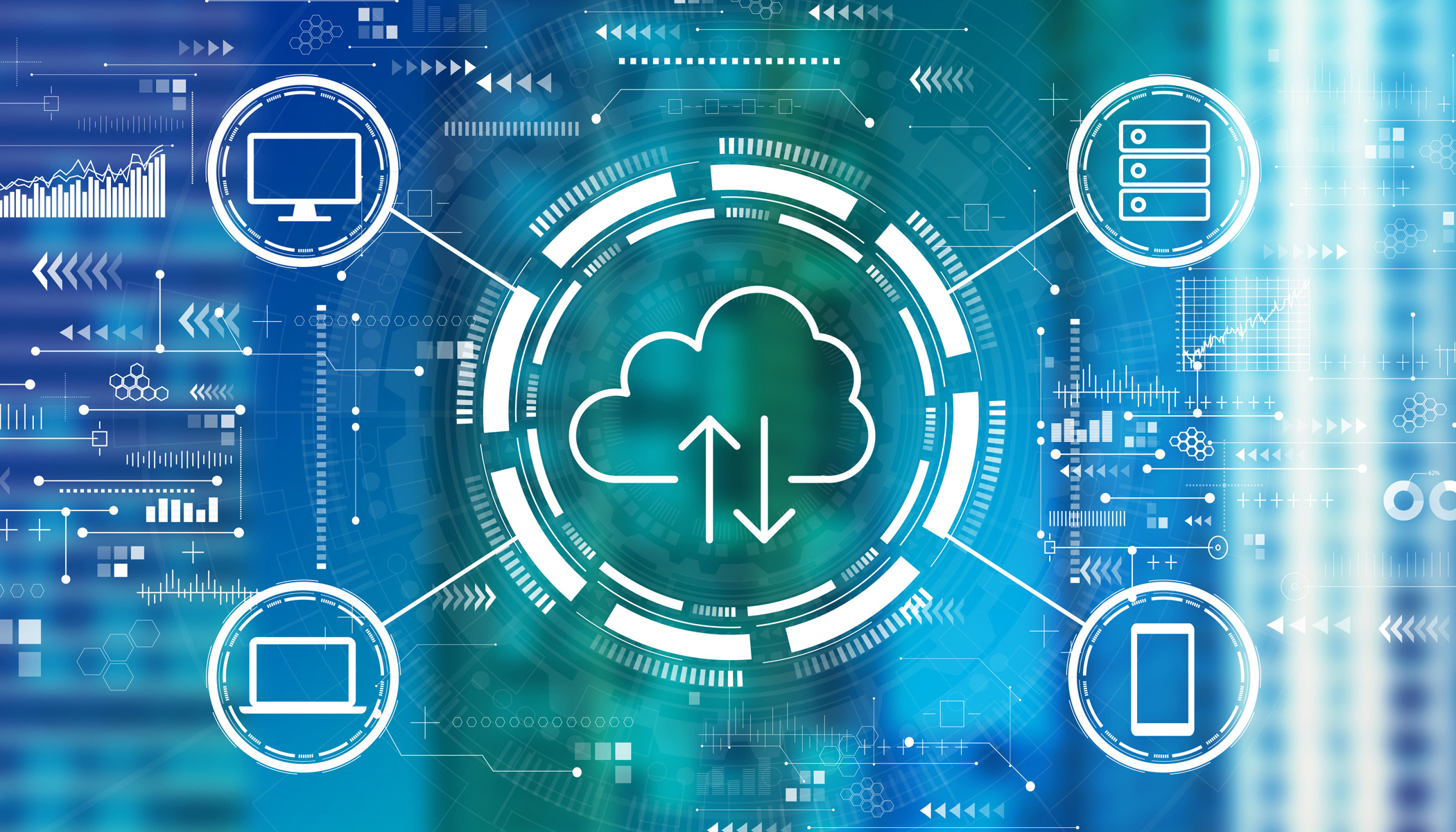The holiday season is fast approaching, and you don’t want to disappoint your customers. Here are four ways logistics providers can beat the holiday rush this season. Logistics Operation
It’s that time of the year again: Christmas songs are on the radio, festive treats are out in force, and gift-givers around the world are starting to spend serious money on presents.
If the annual surge in order volume—averaging 30-40%—wasn’t enough, logistics providers must also contend with rising consumer expectations as consumers now prefer digital-first engagement.
And with so many partners and consumers counting on you to meet those expectations this season, logistics providers must deliver connected customer journeys at scale—all without increasing costs.
Before we explore four ways we can help make that happen, let’s unpack what we mean by connected customer journeys and the common barriers to success.
The state of customer expectations
Today’s customers expect anytime, anywhere access to the brands they love. They are also looking for tailored experiences, seamless interactions across their favorite communications channels, and control over how, when, and where they shop.
In fact, 73% of customers expect companies to understand their unique needs and expectations, and 88% of customers say the experience a company provides is as important as its product or services. And if a brand fails to deliver, consumers have no issue taking their business elsewhere.
Logistics providers play a hugely important role in completing that connected journey, and if their role isn’t met, it can be felt by everyone.
Picture this, a customer has just ordered a premium item as a holiday gift, but the retailer and its logistics partner have yet to implement a solution to connect the customer journey.
The customer receives an email when the item is dispatched, but there’s no tracking code, expected arrival date, option to modify pick-up, and no way to contact the delivery team without picking up the phone. And should they get through, they’re passed from agent to agent—relaying their details each time.
Of course, the parcel is now missing—and they’re not happy. The retailer’s customer service team handles their query, but doesn’t relay the information to the logistics provider to re-deliver. This experience ultimately sours the partner’s relationship with the retailer and the retailer’s relationship with its logistics provider.
When dealing with resource shortages, inefficient processes, limited stakeholder visibility, and a legacy IT infrastructure unfit to scale digital interactions, bad experiences like this can become a common occurrence.
Here are four ways to avoid these kinds of scenarios and delight customers with every interaction and delivery.
Four ways to optimize your logistics Logistics Operation this holiday
1. Integrate with third-party applications
Delivering connected, real-time interactions that span multiple channels is no longer a nice to have—it’s a competitive necessity. Today’s customers expect brands and businesses to know them and tailor experiences to suit their needs.
An effective Communications Platform-as-a-Service (CPaaS) solution should integrate with existing systems and third-party applications like CRM or database platforms to deliver meaningful customer insights.
These insights can then drive how customer interactions happen—on the right channels at the right time. These personalized journeys ensure customers only receive relevant communications at their convenience, keeping them engaged throughout the process.
The ability to integrate is key to enhancing customer engagement while reducing the need to rip or replace existing systems and build a new technology stack from scratch.
2. Centralize communications across all touchpoints
Engaging with your customers on their favorite messaging platforms is all well and good. But it’s not enough to support individual channels in a vacuum. Without a single connected view of the customer journey, you’ll struggle to deliver the proactive, prompt interactions consumers expect.
To deliver a truly connected customer journey, everyone—including your retail partners, drivers, warehouse teams, and service agents—must connect on a centrally managed platform. This includes sharing insights into customer engagement history, preferences, and order details, as well as internal supply chain tracking and updates.
With a centralized CPaaS solution, you can manage all customer interactions in one place and orchestrate journeys to improve operational efficiency and ensure seamless customer communications.
3. Automate routine processes to operate at scale
Your customers don’t want to have to chase you to learn when their parcel is being dispatched or out for delivery, and they definitely want to know if there’s going to be disruption. They also want more control over how you fulfill their delivery, such as by rescheduling and redirecting deliveries to alternative drop-off points.
Keeping customers aware of their order status—and empowering them to change it—is difficult at the best of times, never mind during peak seasons.
With the right CPaaS solution, it’s easy to automate proactive alerts and notifications at scale, empower customers with simple self-service interactions, and better meet increases in demand.
For example, you could send automated messages to customers when packages leave the warehouse, when they’re out for delivery, and who and where their delivery driver is. You could also notify customers when packages arrive at their local depot so they may pick them up that same day just responding with a single term—such as ‘DEPOT’. And by leveraging automation, you can easily do this at scale without significant costs or ramp-up time.
4. Reduce operational costs with call deflection and self-service logistics operation
CPaaS solutions can be used to deflect calls and empower customers to self-serve. Sure, automated alerts will help keep inquiries down, but you can always take this one step further by allowing customers the choice to message you directly. Switching to messaging channels saves costs and increases efficiency as agents can handle multiple queries simultaneously.
For example, AI-powered chatbots can handle frequently asked questions and empower customers with live self-service options, such as rescheduling deliveries, requesting a return, or updating their delivery address.
Should a customer interaction require human intervention, AI can provide the contextual assistance agents need to take over the conversation seamlessly. So, think of chatbots as companions to your human agents, rather than a replacement.
Streamline and automate with a human touch Logistics Operation
By following these four steps, you can help create seamless experiences for customers that improve efficiency and reduce costs this holiday season.
Get in touch today to learn how leading CPaaS solutions like Webex Connect can help solve your logistics challenges and enhance customer journeys.





